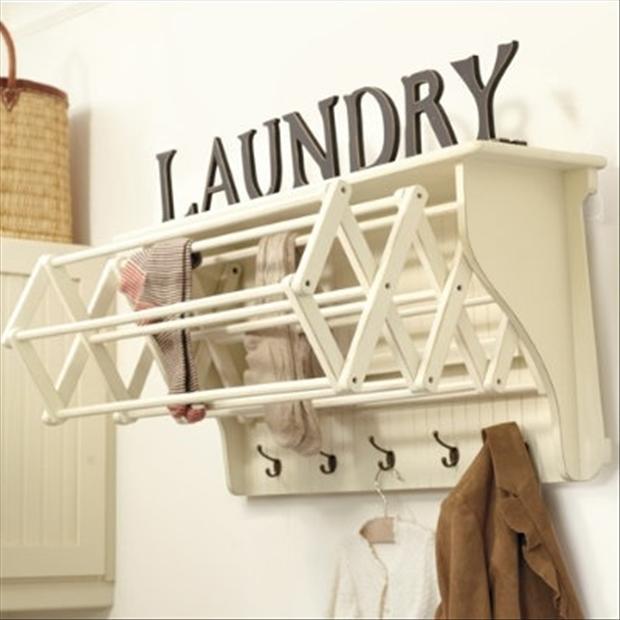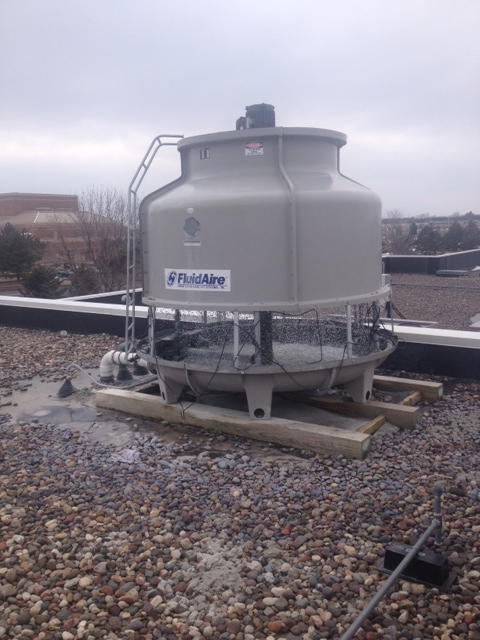November 22, 2013
In
Dry Cleaning Tips
At St. Croix Cleaners, we use one of three types of cleaning for your garments: dry cleaning, wet cleaning, or laundering.

[accordion_toggle title=”Dry Cleaning”]Dry cleaning uses solvent to remove soils and stains from fabric in specially designed machines. In fact, the term “dry cleaning” is misleading: it is called dry cleaning because the solvent contains no water and does not penetrate the fibers as water does. The main advantage of dry cleaning is its ability to dissolve greases and oils in a way that water cannot, while protecting delicate fabrics that do not respond well with water. The dry cleaning process begins with the pretreatment of spots and stains using special cleaning agents. The garments are then loaded into a machine resembling an oversized front-loading washer. It produces similar mechanical action to loosen embedded dirt. Throughout the cleaning process, the solvent is filtered or distilled to ensure its clarity. The garments are dried in the same machine and have no residual solvent odor after cleaning. [/accordion_toggle][accordion_toggle title=”Wet Cleaning”]Wet cleaning is the professional process of removing soils from garments and other textile items using water. The American Association of Textile Chemists and Colorists (AATCC) definition for Professional Wet cleaning is: A process for cleaning sensitive textiles (e.g., wool, silk, rayon, linen) in water by professionals, using techniques which minimize the potential for adverse effects. It is followed by appropriate drying and restorative finishing procedures. [/accordion_toggle][accordion_toggle title=”Laundering”]Professional laundering for shirts and other “washable” items is another process we use to keep your garments looking their best. Special detergents, additives, and finishes set commercial laundry apart from home laundering. Collars come cleaner and professional pressing offers a crisper finish. We offer different levels of starch: no starch, light, medium or heavy.[/accordion_toggle]



